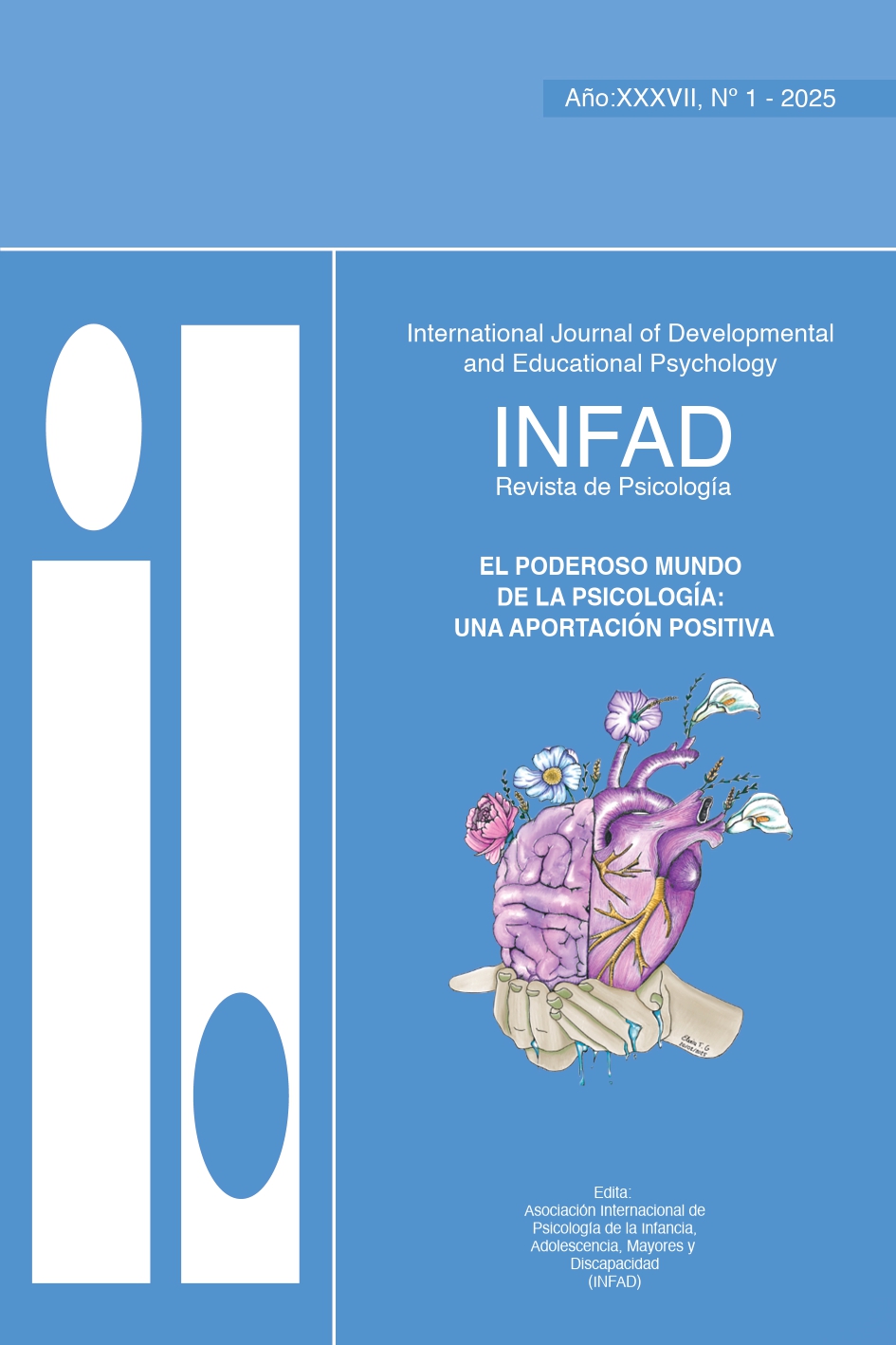Alexander Humboldt: personality traits and influence on scientific psychology.
Main Article Content
Abstract
This case study, employing an ex post facto design, aimed to analyze the personality and emotions of Alexander von Humboldt. Another key objective was to examine his influence on scientific psychology. His behavior was assessed through biographical sources and his intellectual legacy. The personality analysis reveals that Humboldt exhibited remarkable emotional stability, demonstrating strong regulation of negative emotions and a greater influence of positive affect. His high extraversion was reflected in assertiveness, activity (speed, vigor, and energy), and a high tendency for sensation-seeking. In terms of openness to experience, his intellectual curiosity and desire to explore new knowledge stood out. Regarding agreeableness, it is important to highlight that while he did not particularly excel in modesty or gratitude, he displayed altruism and sensitivity toward others. Moreover, he demonstrated a high degree of conscientiousness, characterized by competence, order, a strong sense of duty, achievement motivation, and exceptional control. Humboldt’s influence on scientific psychology was transmitted through his disciple Louis Agassiz, who mentored William James, one of the pioneers of modern psychology. James, under Agassiz’s guidance, mastered techniques for observing and measuring behavior applied not only to animals but also to human phenomena. In conclusion, Humboldt’s 90-year journey through life led him to the highest level of self-actualization, a state achieved through mental well-being, rational control over emotional responses, extraordinary resilience, and a well-directed sense of purpose. It is worth noting that he was a hyperactive child, which provided him with the energy necessary to carry out his extensive scientific work.
Article Details
Section

This work is licensed under a Creative Commons Attribution-NonCommercial-NoDerivatives 4.0 International License.
Attribution — You must give appropriate credit, provide a link to the license, and indicate if changes were made. You may do so in any reasonable manner, but not in any way that suggests the licensor endorses you or your use.
NonCommercial — You may not use the material for commercial purposes.
NoDerivatives — If you remix, transform, or build upon the material, you may not distribute the modified material.

This work is licensed under a Creative Commons Attribution-NonCommercial-NoDerivatives 4.0 International License
How to Cite
References
Álvarez-Barthe, A. (2012). Lectura recomendada. En C. Morán.Astorga, Una psicología en el ámbito laboral. Competencias para Recursos Humanos. Amarú.
Ette, O. (2022). The lists of Alexander von Humboldt: On the epistemology of scientific practice. En R. A. Barton et al. (Eds.), Forms of list-making: Epistemic, literary, and visual enumeration (pp. 101-125). Springer International Publishing. https://doi.org/10.1007/978-3-030-76970-3_5
Rebok, S. (2022). ¿Humboldt como agente de inteligencia? Circulando el conocimiento científico y los secretos estratégicos en Washington. En M. F. Valencia Suárez & C. Depetris (Eds.), La influencia y el legado de Alexander von Humboldt en las Américas (pp. 33-51). CEPHCIS-UNAM.
Kehlmann, D. (2005). La medición del mundo. Random House.
Morán Astorga, M. C. (2010). Estrés, burnout y mobbing: Recursos y estrategias de afrontamiento. Amarú. Disponible en Eolas Ediciones.
Morán.Astorga, C. (2012). Una psicología en el ámbito laboral. Competencias para Recursos Humanos. Amarú.

